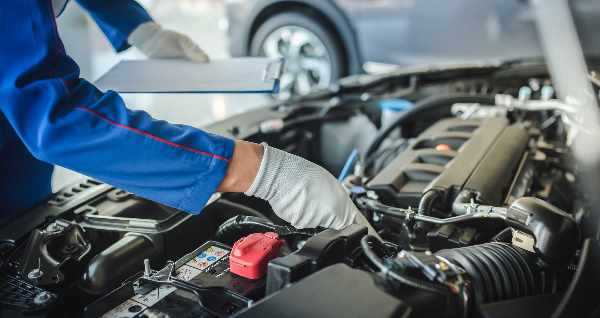Just as you can extend a vehicle lease, you can also extend a warranty. So, if you are looking to extend your vehicle warranty, the chances are your old one has expired. There are two types of vehicle warranties, a factory/manufacturer warranty which is likely the one you previously had if you bought a brand new car. The second type is a third-party warranty offered by dealerships and other third-party service providers, often provided to used-car buyers. The differences between a manufacturer and third-party warranties are substantial. Therefore you must do the necessary research to ensure that you get a warranty that covers what you need.

Here are five key details that you need to consider if you are looking for an extended vehicle warranty.
Manufacturer/Factory Warranty
If you buy your vehicle at an accredited automaker, you should probably opt for the warranty backed by the manufacturer. Typically, manufacturer warranties like the BMW extended warranty offer two kinds of contracts; powertrain and bumper-to-bumper.
The powertrain warranty covers your vehicle against the significant components of your car, such as engine and transmission defects. While bumper-to-bumper warranty, sometimes called limited warranty, covers your vehicle against additional features such as electronic components and navigation systems.
Third-Party Warranty
Third-party warranties offered by car dealerships typically provide similar coverage as automaker warranties. However, there are more strict limitations on scope and gray areas in third-party warranties.
You may be requested to cover specific components out-of-pocket and then issue a claim for reimbursement to a third-party service provider that the service provider will pay at a later stage. Another gray area is that oftentimes there is no guarantee that repair parts used for your vehicle will be original equipment from your vehicle’s manufacturer.
Outside of the limitations, third-party service providers are often cheaper than automakers, but this is because of the unguaranteed aspects of the warranty.
Coverage
As mentioned above, your vehicle warranty coverage is perhaps the most important aspect of seeking an extended warranty. You must know what your service provider will cover when your car experiences a problem.
A bumper-to-bumper warranty will be the best option for you if you do not want to incur any out-of-pocket costs, but make sure to read the fine prints. Otherwise, if you are looking to cover only vital components such as engine and power transmission defects, the powertrain cover will be enough for you.
Warranty Period
In the US, warranties are often calculated based on the mileage; for example, a 3-year warranty plan is equivalent to 36,000 miles while the average American drives 13,476 miles per year. Therefore, if your car usage typically falls above this rate, your vehicle warranty is bound to end before three years.
It is crucial to calculate your yearly mileage to determine which warranty period you choose. To calculate your annual mileage, consider aspects of your daily routine that you make use of in your car.
Repair Service Providers
Another essential aspect of vehicle warranties that often gets overlooked is which service provider will be conducting the repairs on your car. Warranty providers often allow car owners to take their vehicle to any mechanic of their choice, while others prefer to use only pre-selected and accredited mechanics.
Extending your vehicle warranty may be an excellent way to save on repairs and maintenance costs. However, you may also be paying for a service that will not meet your needs when the time arises. Therefore do your due diligence and read the fine print of your warranty terms to ensure that you are protected.

